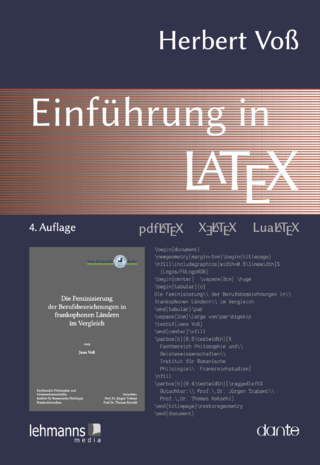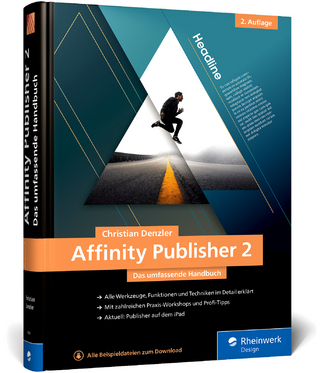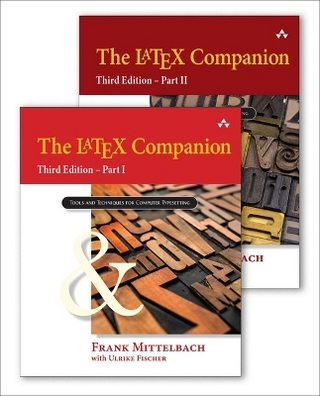
Media Computing
Computational Media Aesthetics
Seiten
2012
|
Softcover reprint of the original 1st ed. 2002
Springer-Verlag New York Inc.
978-1-4613-5403-1 (ISBN)
Springer-Verlag New York Inc.
978-1-4613-5403-1 (ISBN)
Recently, computer vision has gradually been making the transition away from understanding single images to analyz ing image sequences, or video understanding. Computer graphics, image processing, and video databases have obvious overlap with computer vision.
Traditionally, scientific fields have defined boundaries, and scientists work on research problems within those boundaries. However, from time to time those boundaries get shifted or blurred to evolve new fields. For instance, the original goal of computer vision was to understand a single image of a scene, by identifying objects, their structure, and spatial arrangements. This has been referred to as image understanding. Recently, computer vision has gradually been making the transition away from understanding single images to analyz ing image sequences, or video understanding. Video understanding deals with understanding of video sequences, e. g. , recognition of gestures, activities, fa cial expressions, etc. The main shift in the classic paradigm has been from the recognition of static objects in the scene to motion-based recognition of actions and events. Video understanding has overlapping research problems with other fields, therefore blurring the fixed boundaries. Computer graphics, image processing, and video databases have obvious overlap with computer vision. The main goal of computer graphics is to gener ate and animate realistic looking images, and videos. Researchers in computer graphics are increasingly employing techniques from computer vision to gen erate the synthetic imagery. A good example of this is image-based rendering and modeling techniques, in which geometry, appearance, and lighting is de rived from real images using computer vision techniques. Here the shift is from synthesis to analysis followed by synthesis.
Traditionally, scientific fields have defined boundaries, and scientists work on research problems within those boundaries. However, from time to time those boundaries get shifted or blurred to evolve new fields. For instance, the original goal of computer vision was to understand a single image of a scene, by identifying objects, their structure, and spatial arrangements. This has been referred to as image understanding. Recently, computer vision has gradually been making the transition away from understanding single images to analyz ing image sequences, or video understanding. Video understanding deals with understanding of video sequences, e. g. , recognition of gestures, activities, fa cial expressions, etc. The main shift in the classic paradigm has been from the recognition of static objects in the scene to motion-based recognition of actions and events. Video understanding has overlapping research problems with other fields, therefore blurring the fixed boundaries. Computer graphics, image processing, and video databases have obvious overlap with computer vision. The main goal of computer graphics is to gener ate and animate realistic looking images, and videos. Researchers in computer graphics are increasingly employing techniques from computer vision to gen erate the synthetic imagery. A good example of this is image-based rendering and modeling techniques, in which geometry, appearance, and lighting is de rived from real images using computer vision techniques. Here the shift is from synthesis to analysis followed by synthesis.
1 Bridging the Semantic Gap in Content Management Systems.- 2 Essentials of Applied Media Aesthetics.- 3 Space-Time Mappings as Database Browsing Tools.- 4 Formulating Film Tempo.- 5 Modeling Color Dynamics for the Semantics of Commercials.- 6 Scene Determination Using Auditive Segmentation.- 7 Determining Affective Events Through Film Audio.- 8 The Future of Media Computing.
| Erscheint lt. Verlag | 9.11.2012 |
|---|---|
| Reihe/Serie | The International Series in Video Computing ; 4 |
| Zusatzinfo | XXIII, 198 p. |
| Verlagsort | New York, NY |
| Sprache | englisch |
| Maße | 155 x 235 mm |
| Themenwelt | Mathematik / Informatik ► Informatik ► Datenbanken |
| Informatik ► Grafik / Design ► Desktop Publishing / Typographie | |
| Informatik ► Grafik / Design ► Digitale Bildverarbeitung | |
| Informatik ► Theorie / Studium ► Algorithmen | |
| Informatik ► Theorie / Studium ► Künstliche Intelligenz / Robotik | |
| ISBN-10 | 1-4613-5403-X / 146135403X |
| ISBN-13 | 978-1-4613-5403-1 / 9781461354031 |
| Zustand | Neuware |
| Haben Sie eine Frage zum Produkt? |
Mehr entdecken
aus dem Bereich
aus dem Bereich


